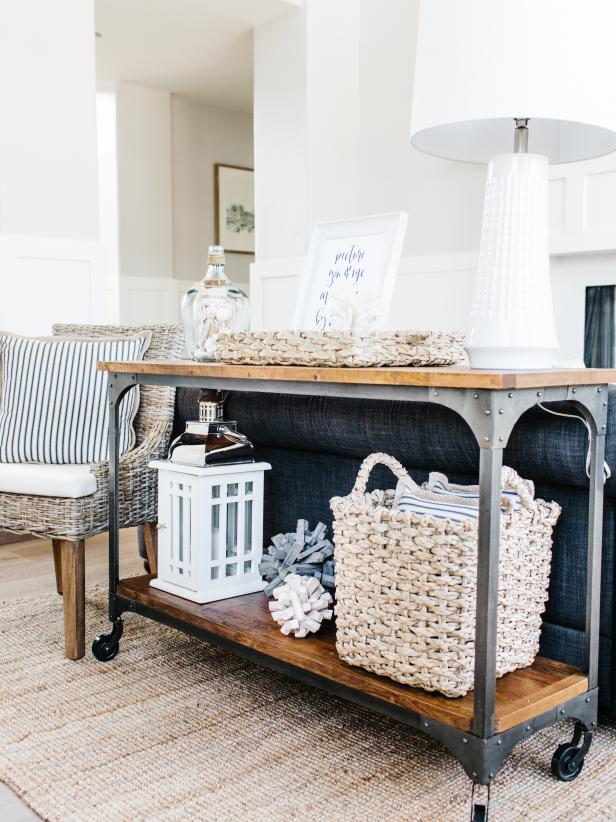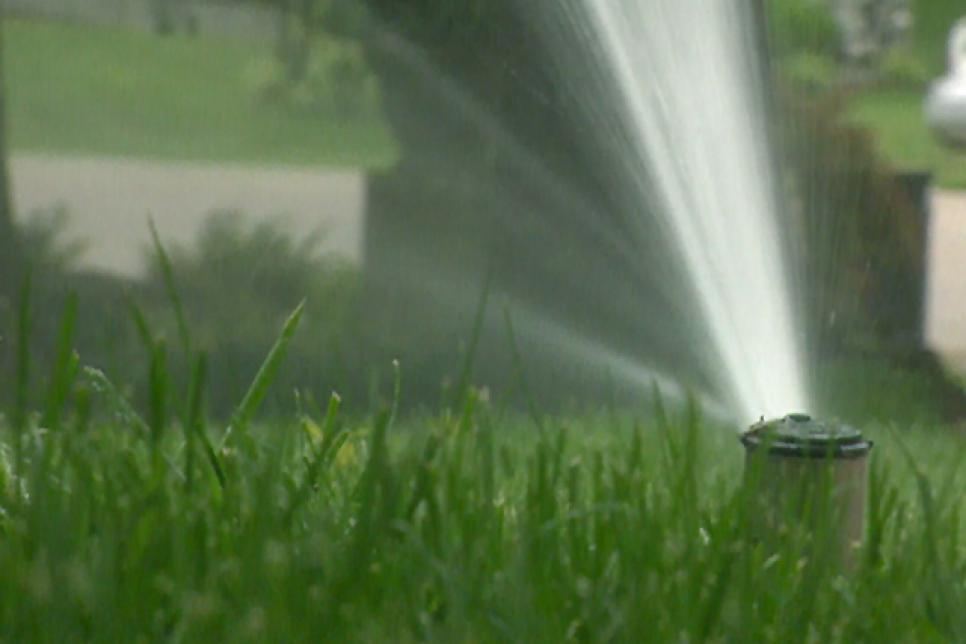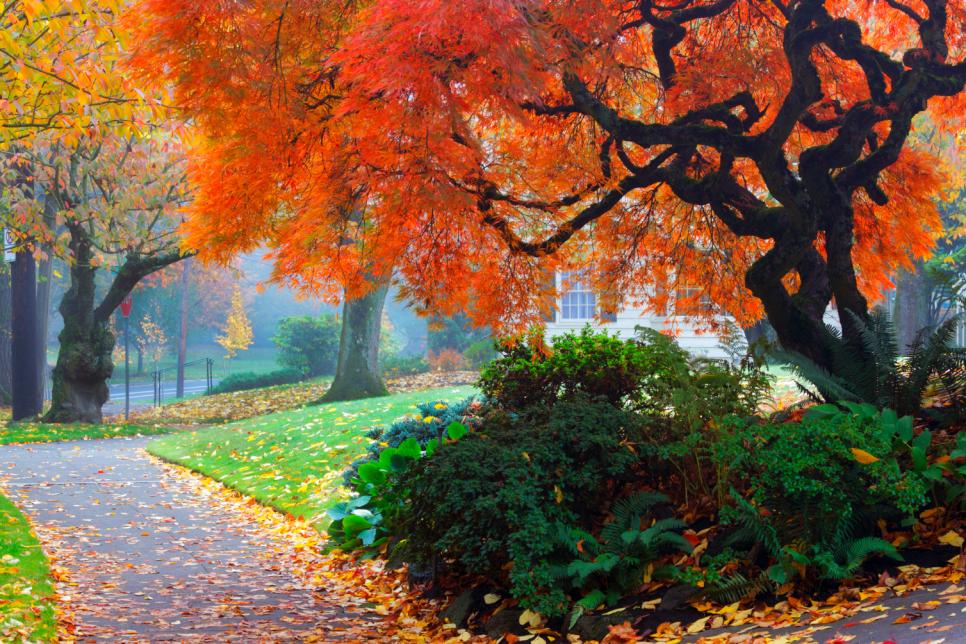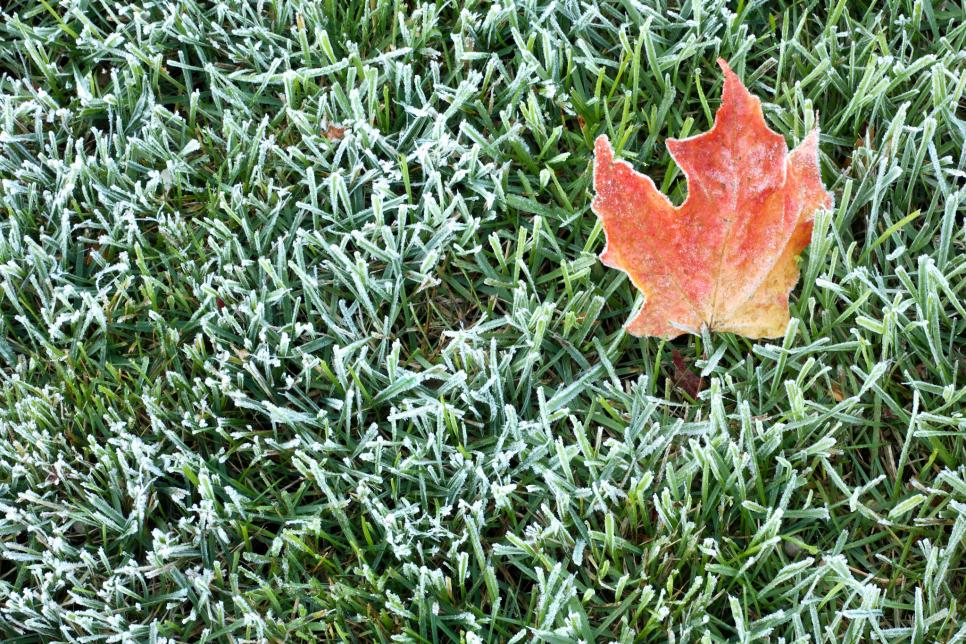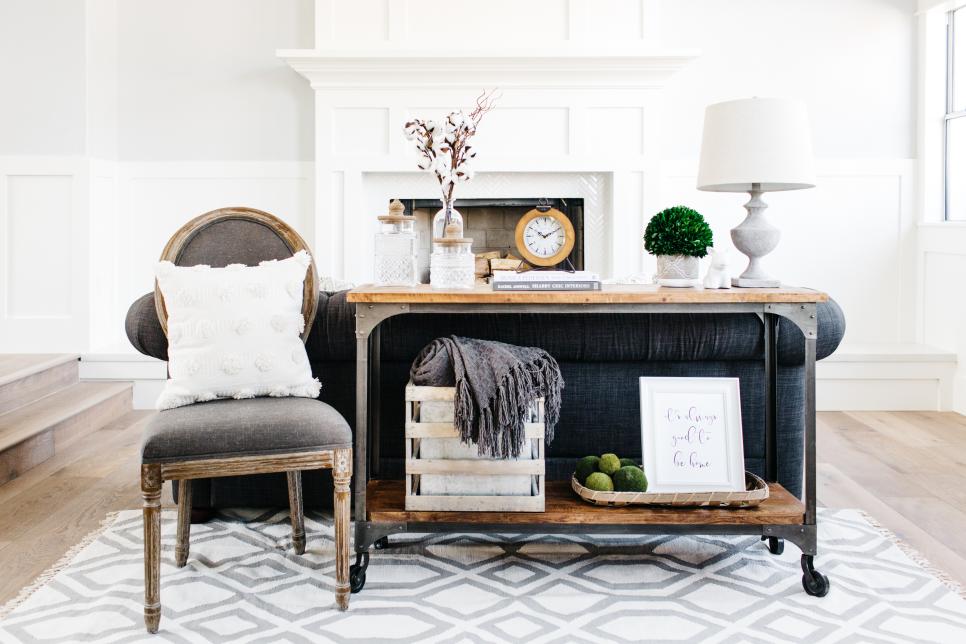
Provincial Accents A traditional Louis XVI-style seat provides charming additional chairs. Top with a stylish pillow in a contrasting color for extra texture.
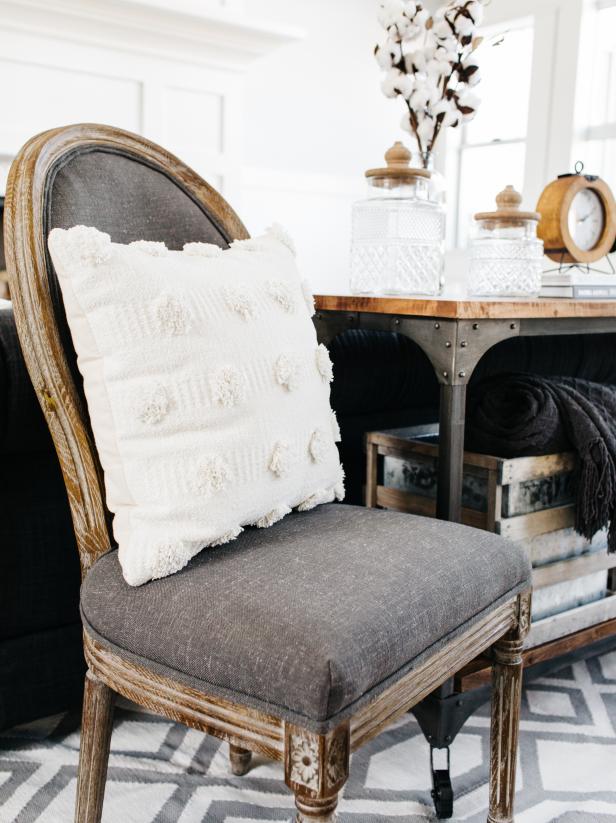
Nature's Greatest Cotton stalks are a farmhouse classic. Add them to an antique vase or jar to get even more charm.
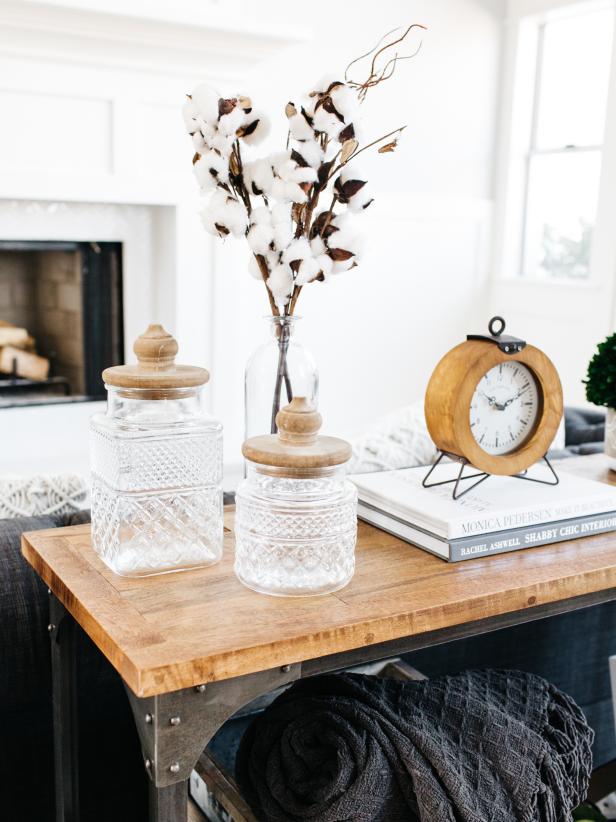
Wood Rust Keep a look out for rustic galvanized pieces to integrate into your setup, such as this charming wood and metal basket we filled with comfy blankets.
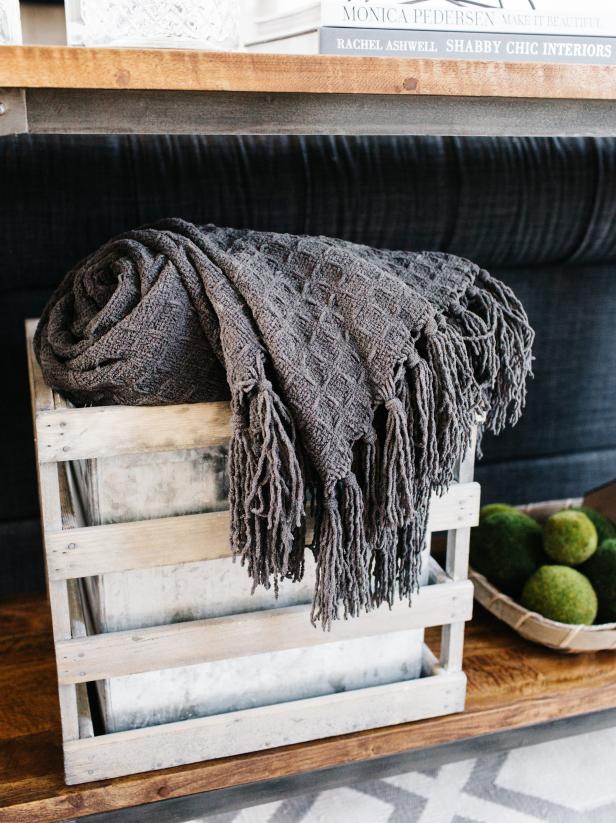
Custom Signage It is always better to be home, don't you agree? Download and print this typography print to show on your area.

Books on Display Add height and attention to vignettes with chic, piled books. Pile up a few of your favorite tomes and top with a vintage-style wood clock to get a look that is both pretty and practical.
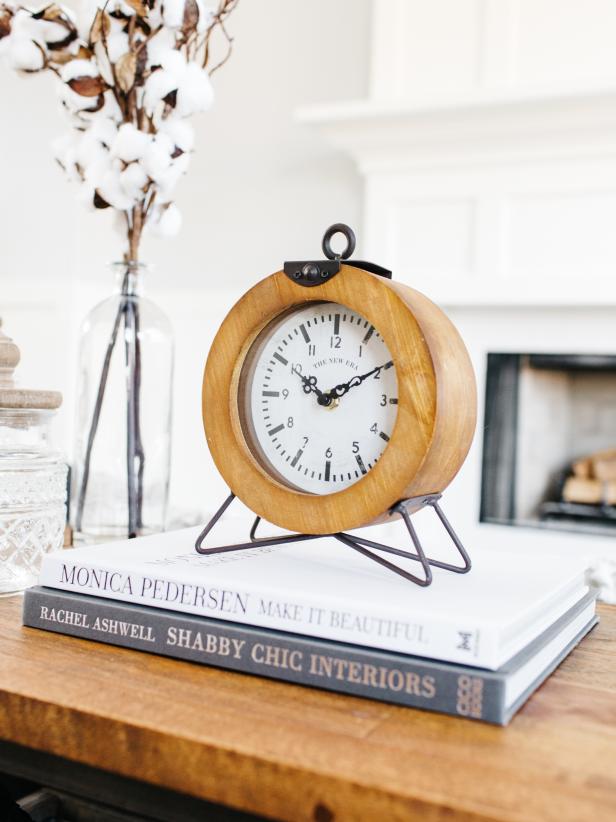
On the Farm When we think of farmhouse, we think of farm animals, of course. Don't go overboard, but a simple animal-inspired object similar to this white ceramic pig may add a tremendous amount of allure. We infused this neutral vignette with a pinch of colour by mixing in a vase of dried boxwood greenery.
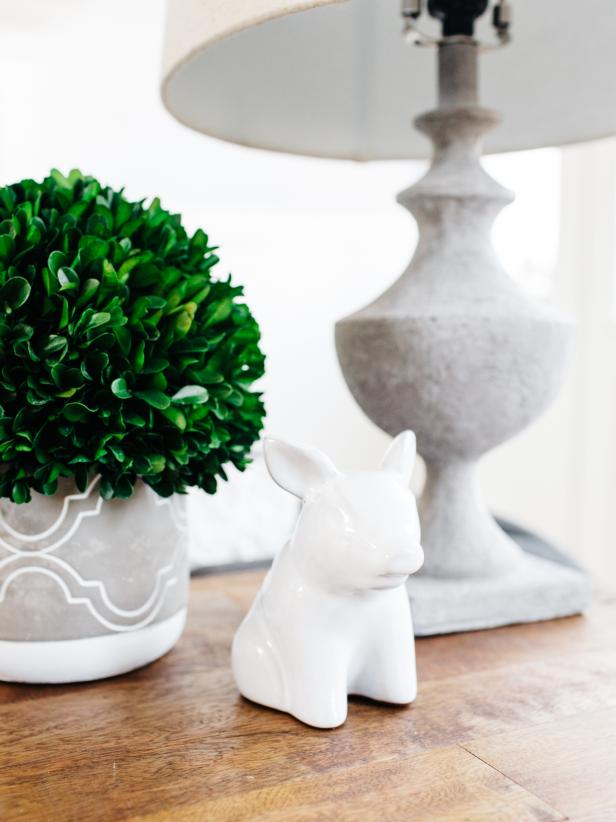
Here to Stay Farmhouse decor isn't going anywhere, so if you are as charmed by this fashion as we're, your sofa table is a superb place to get started!

Look No. 2: Mid-Mod Mid-century modern proceeds to be quite a popular decorating style. We love it mixed with a bit of bohemian flair. To make a comparable setup, begin with a textured carpet, like this classic white flokati rug.

Chic Seating A contemporary golden chair and textured cream cushion provide additional seats and up the glam factor of the room.
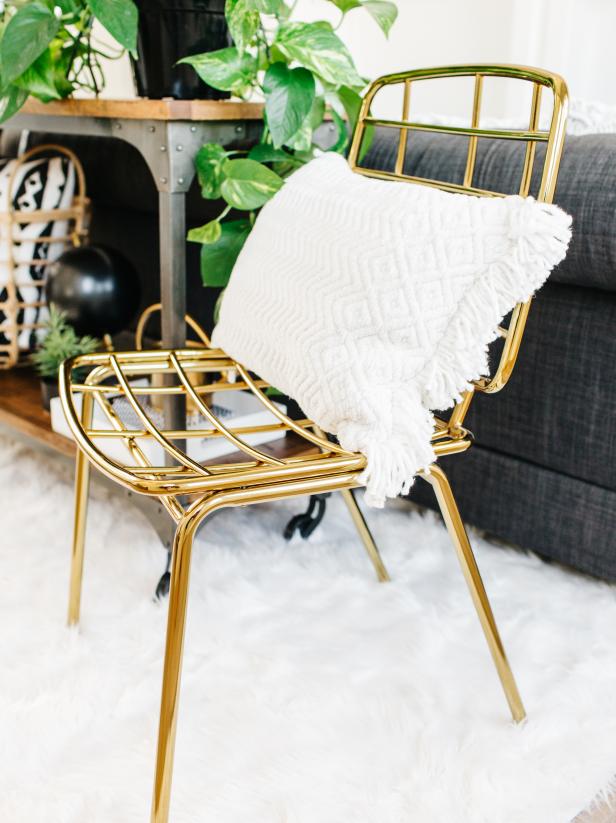
Quick Contrast Keep an eye out for black, white and brass accessories to add contrast to a desk. Layer objects like we did here on a modern white tray and fill empty spaces with lush, green plants.
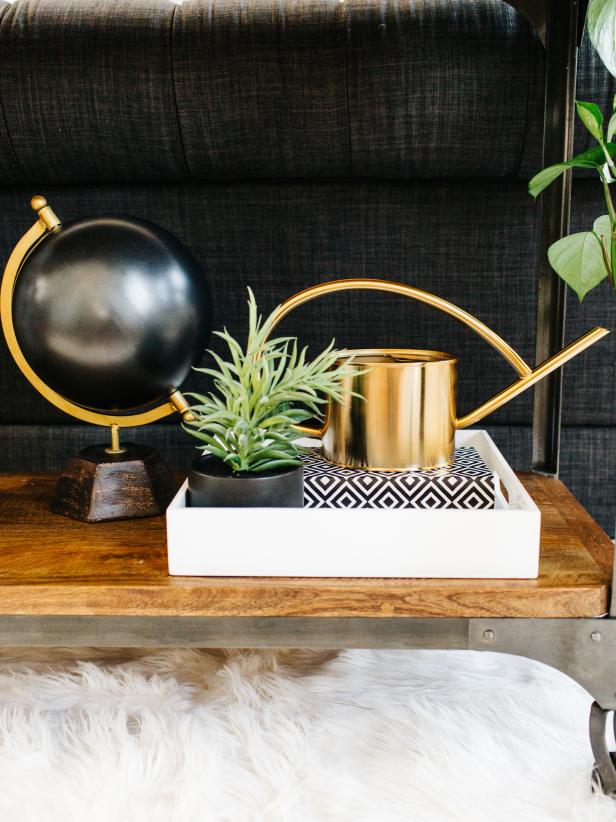
Cozy Up Insert a larger object to the base plate to anchor the layout. A large, wood basket is ideal for maintaining black and white-patterned cushions and blankets available for when you're ready to get cozy.
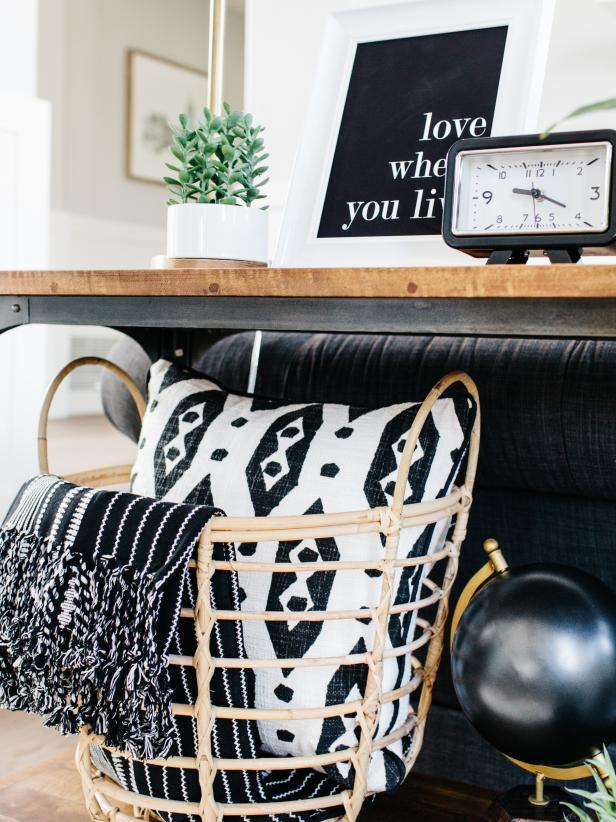
Graphic Art An art print using a favourite quote functions as a fantastic graphic focus for your own table. Download and print our "love in which you live" art printing.

Go Retro Adding classic pieces, such as this retro-style clock, to your installation will add interest and mid-mod credibility to your desk.
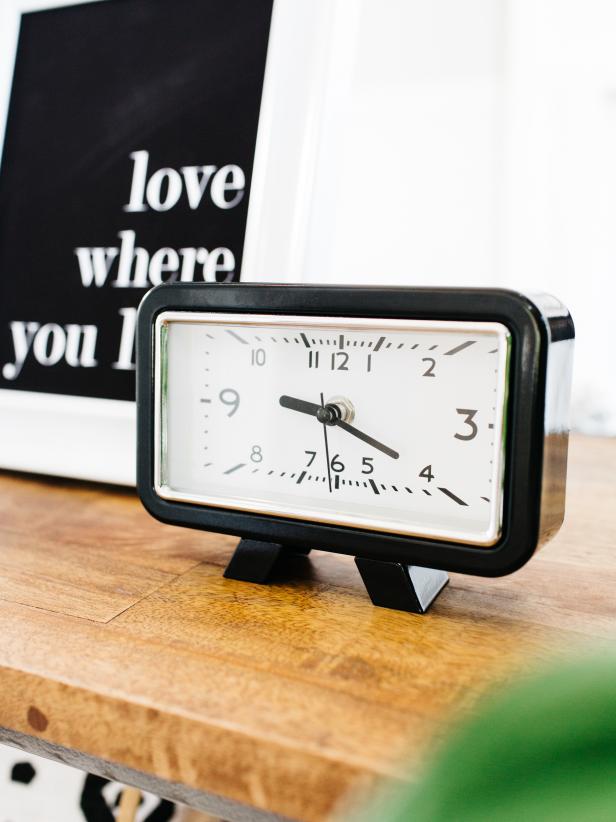
Light It Up Let there be light! This metal lamp is both functional and beautiful, complementing another brass objects on the desk.

the ability of Plants A houseplant, like this easy-to-care-for pothos, adds life and style to your space.
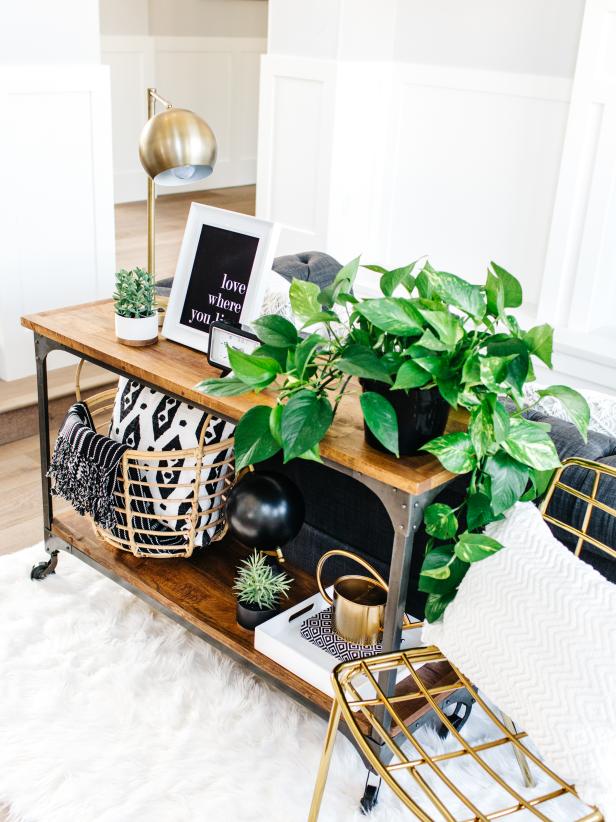
Appearance No. 3: Coastal Calm Who does not love the shore? Coastal design is light and airy and transports you directly to the shoreline, no matter where you reside. Classic elements include light colours like white and colors of blue, glass, wood and other organic textures you would find close to the ocean. Start with a natural-colored jute rug to put in a dose of feel to your space.

Wow With Wicker A casual wicker and wood chair and striped linen cushion add more chairs into the area and set the tone to this salt-washed style.
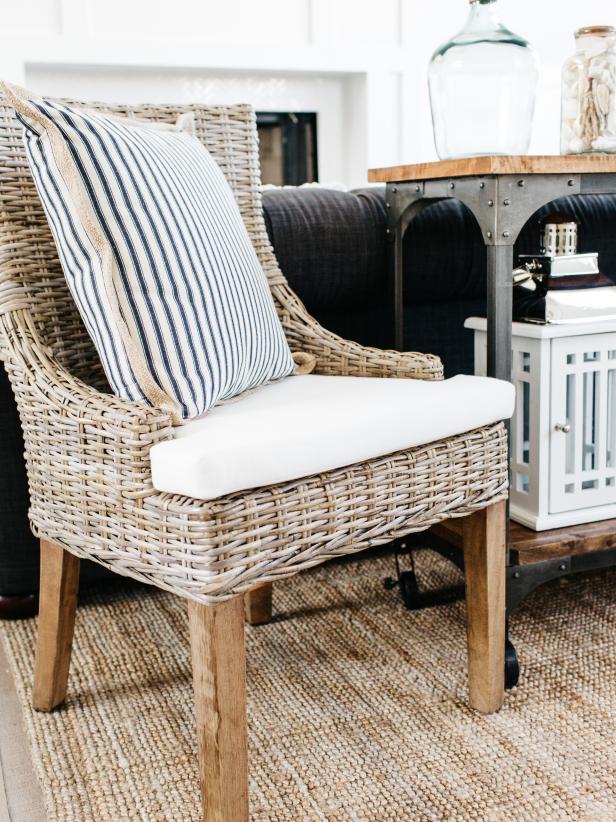
Seaside Treasures Fill your desk with treasures reminiscent of coastal layout, like this beautiful wood and glass lantern.
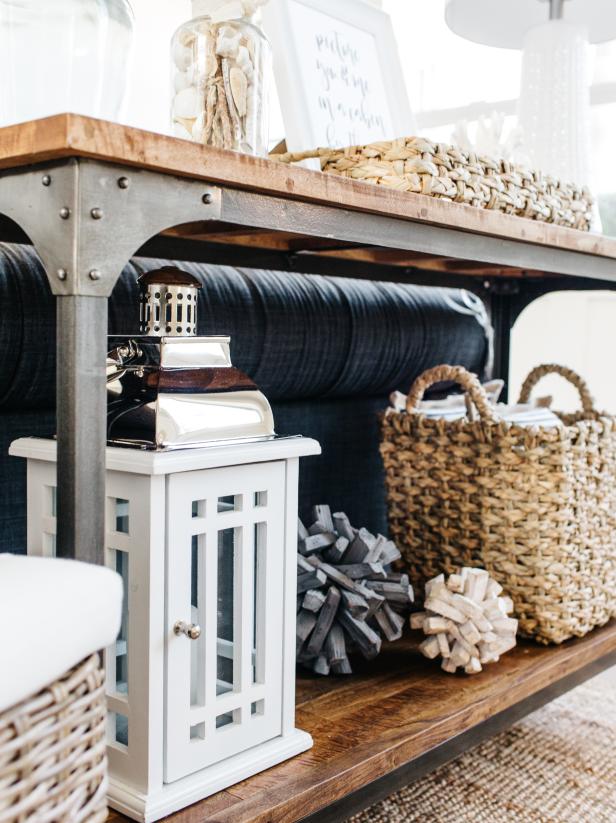
Woven Texture A natural, woven basket is the best place to store cozy blanket and pillows.
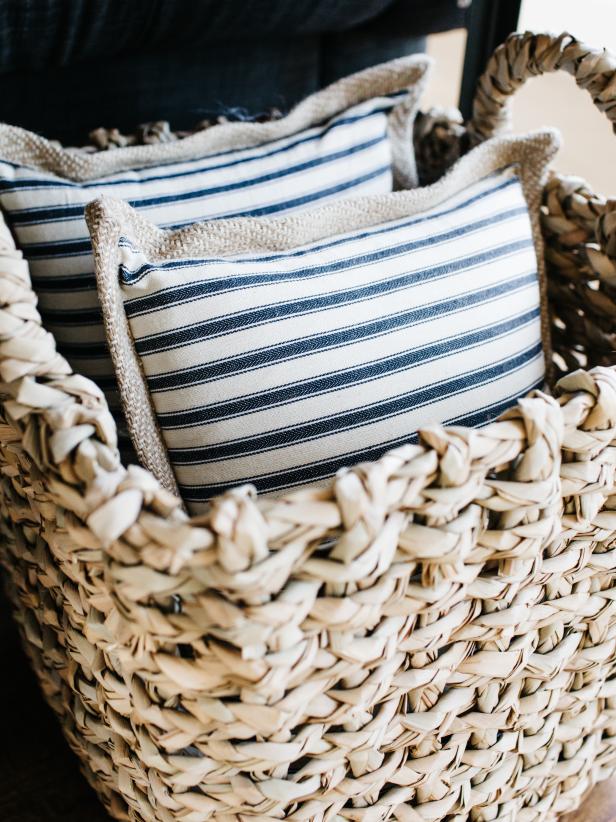
Art by the Sea A framed art print adds rapid charm and height for this sea-inspired tabletop. Download and print our "cottage by the sea" typography print for your coastal area.

Drift Away Keep an eye out for weathered wood objects, like these driftwood sculptures, to incorporate into your sofa table design.
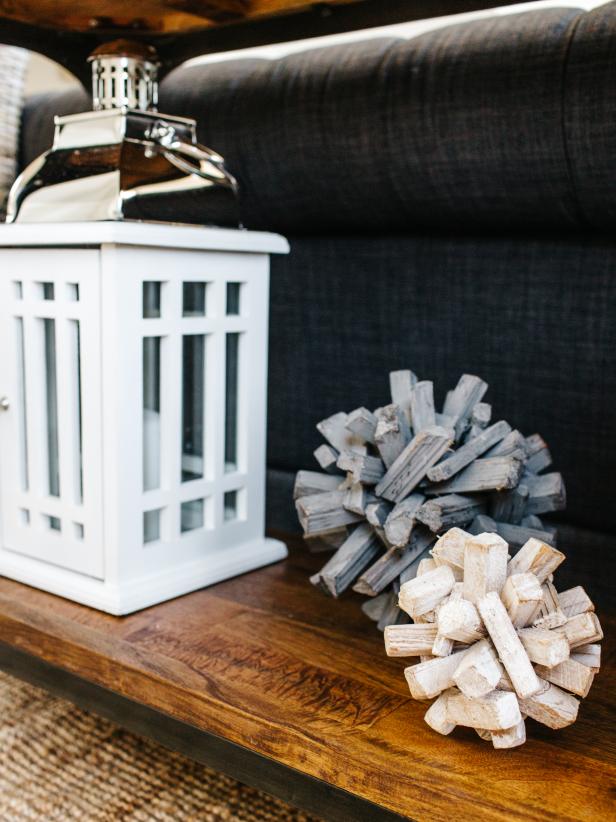
Seashells by the Seashore Glass jugs and canisters, especially glass that's tinted in colors of the sea, seem charmingly coastal when stuffed with beach finds like shells or starfish.
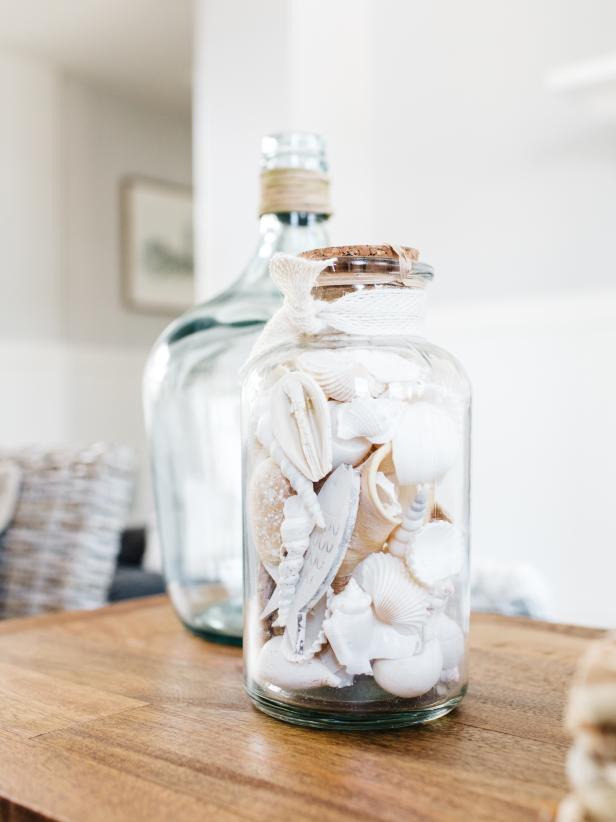
Seaside Retreat Even if you don't have a beach home, with this casual, relaxing style, you will feel just like you are close to the shore every day!
